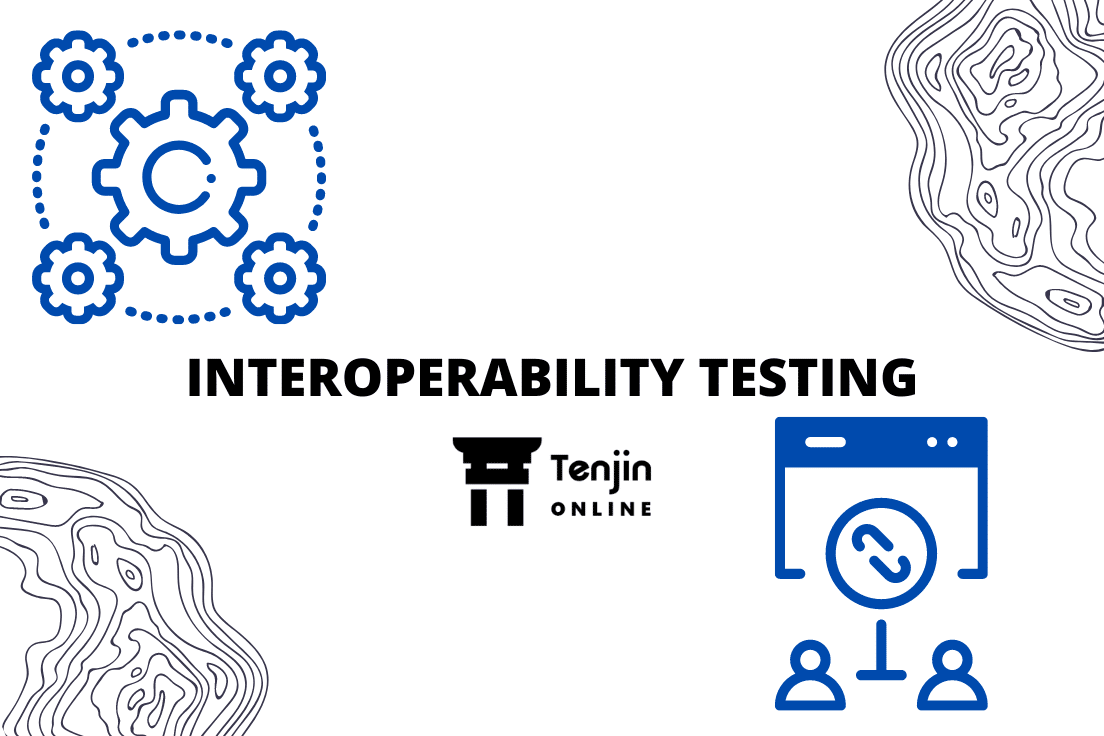
Interoperability testing is a crucial aspect of software development that ensures that different systems or components can work together seamlessly. This has been on rise with advancing technologies like IoT and other smart technologies. It is the process of verifying that two or more systems are able to exchange information and use the information that has been exchanged. Interoperability testing is becoming increasingly important as more and more companies adopt a multi-vendor, multi-technology approach to their IT systems.
The goal of interoperability testing is to identify any issues that may arise when different systems interact with each other. This can include issues such as data loss, data corruption, or even security breaches. Interoperability testing is also important for ensuring that systems can work together in a way that is efficient and user-friendly. Let us understand more about interoperability testing in this article.
Need for Interoperability Testing
In the field of software development, interoperability testing is a crucial step that ensures the smooth functioning of different software systems and devices. This type of testing evaluates the ability of different systems to communicate and exchange data with each other seamlessly. Interoperability testing is important because it enables software developers to identify and fix issues that may arise when different systems are integrated. Below are the benefits of interoperability testing that explains why it is a critical component of the software development process.
Seamless Integration: One of the main benefits of interoperability testing is that it enables software developers to ensure that different software systems and devices can work together seamlessly. With interoperability testing, developers can test the compatibility of different systems and devices, identify any issues that may arise, and address them before the systems are deployed. This ensures that the end-users have a seamless experience when using the integrated systems.
Improved Quality: Interoperability testing is also crucial in ensuring that the quality of software systems and devices is up to par. Testing interoperability helps to identify and resolve any compatibility issues that may arise, which in turn improves the overall quality of the software systems. By ensuring that different systems work together as intended, interoperability testing helps to reduce the risk of errors and defects in the final product.
Reduced Development Costs: Interoperability testing can also help to reduce development costs. By testing the compatibility of different systems early in the development cycle, developers can identify any issues and address them before they become more expensive to fix. This can help to prevent costly delays and rework, which can significantly impact development budgets.
User Satisfaction: The ultimate goal of software development is to create products that meet the needs of end-users. Interoperability testing can help to ensure that software systems and devices meet these needs by ensuring that they work seamlessly with other systems that users may be using. When different systems work together seamlessly, users are more likely to be satisfied with the overall product.
Compliance with Standards: Interoperability testing is also important for compliance with industry standards. Different industries have their own unique standards, interoperability testing helps to ensure that software systems and devices adhere to these standards. This is particularly important in industries such as healthcare and finance, where data security and accuracy are critical.
Types of Interoperability Testing
There are several different types of interoperability testing, each with its own unique set of challenges. Some of the most common types of interoperability testing include:
Functional interoperability testing: This type of testing focuses on verifying that different systems are able to exchange information and use the information that has been exchanged. This can include testing the ability of systems to send and receive data, as well as testing the ability of systems to process the data that has been exchanged.
Performance interoperability testing: Performance interoperability testing focuses on verifying that different systems are able to work together in a way that is efficient and user-friendly. This can include testing the speed at which systems can send and receive data, as well as testing the ability of systems to handle large volumes of data.
Security interoperability testing: This type of testing focuses on verifying that different systems are able to work together in a way that is secure. This can include testing the ability of systems to encrypt and decrypt data, as well as testing the ability of systems to authenticate users.
Compliance interoperability testing: This type of testing focuses on verifying that different systems are able to work together in a way that is compliant with industry regulations and standards. This can include testing the ability of systems to handle personal data in accordance with the General Data Protection Regulation (GDPR) or other relevant laws.
Challenges in Performing Interoperability Testing
Interoperability testing can be a complex and time-consuming process, requiring specialized knowledge and expertise. It is often performed by a team of experts, including software developers, testers, and IT professionals. The team will typically use a combination of automated and manual testing methods to ensure that all aspects of interoperability are thoroughly tested. However, there are some challenges in performing interoperability testing, listed below are some of the prominent ones:
- One of the key challenges of interoperability testing is the sheer number of different systems and components that may need to be tested. This can include different versions of software, different hardware configurations, and different network configurations. To make matters worse, many systems are constantly changing and evolving, making it difficult to keep up with the latest versions and configurations.
- Another challenge of interoperability testing is the need to test for a wide range of different scenarios. This can include testing for different user profiles, different data types, and different network conditions. It can also include testing for different security threats and vulnerabilities, such as malware and hacking attempts.
Despite these challenges, interoperability testing is essential for ensuring that different systems can work together seamlessly and securely. By identifying and resolving any issues that may arise during testing, organizations can ensure that their IT systems are reliable and user-friendly, and that they are in compliance with industry regulations and standards.
Conclusion
In conclusion, Interoperability testing is a vital process in software development that verifies the ability of different systems to exchange information and work together seamlessly. It is essential for ensuring that systems are efficient, user-friendly, and secure. It can be a complex and time-consuming process, but with the right expertise and tools, organizations can ensure that their IT systems are reliable and in compliance with industry regulations.



Leave a Reply
You must be logged in to post a comment.